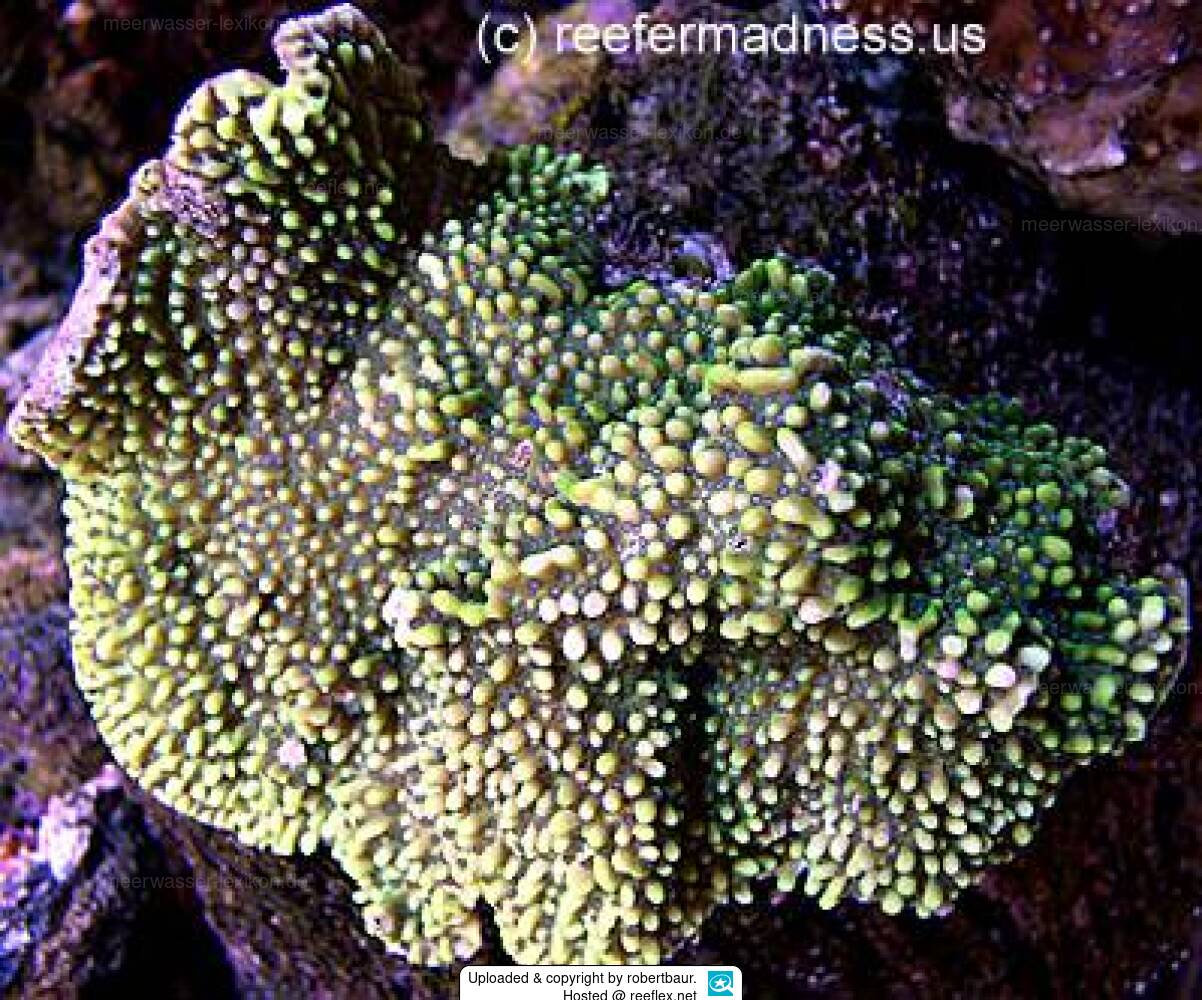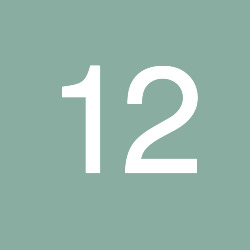Info
Infos from AIMS:
Characters: Colonies are submassive, form columns, or are laminar. The surface is uniformly covered with large rounded verrucae. Corallites are immersed between the verrucae. Colour: Blue or brown, uniform or mottled. Bright blue (which may photograph purple) or green tentacles are sometimes extended during the day. Similar species: Montipora danae, which has smaller, less regular verrucae and smaller corallites.
For more Infos click here to AIMS:
Characters: Colonies are submassive, form columns, or are laminar. The surface is uniformly covered with large rounded verrucae. Corallites are immersed between the verrucae. Colour: Blue or brown, uniform or mottled. Bright blue (which may photograph purple) or green tentacles are sometimes extended during the day. Similar species: Montipora danae, which has smaller, less regular verrucae and smaller corallites.
For more Infos click here to AIMS:







 robertbaur
robertbaur


















































































